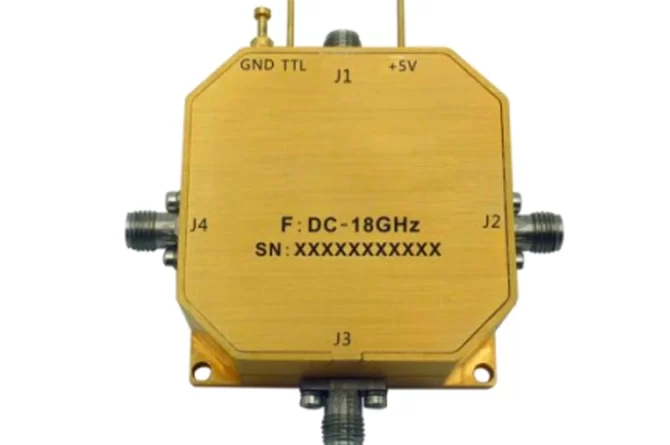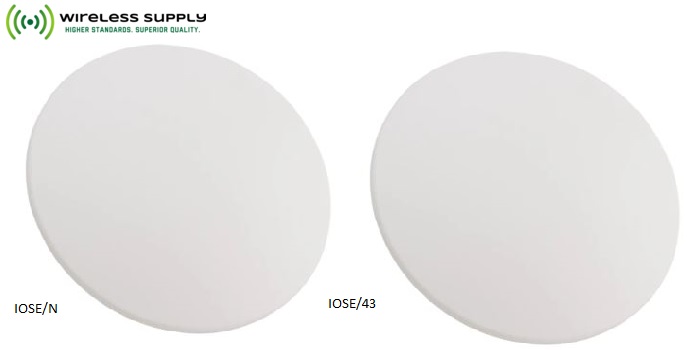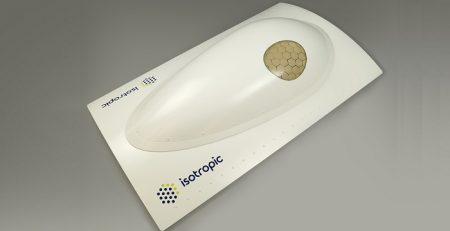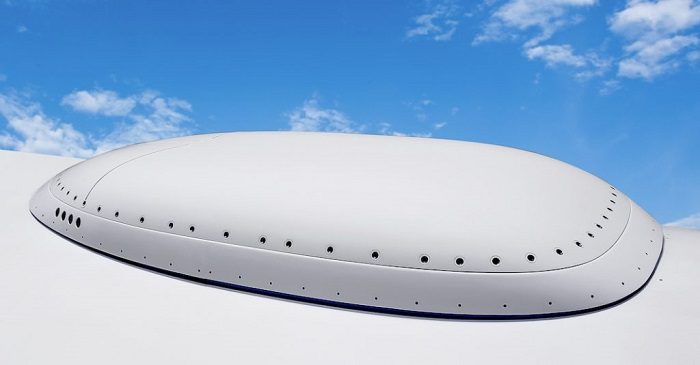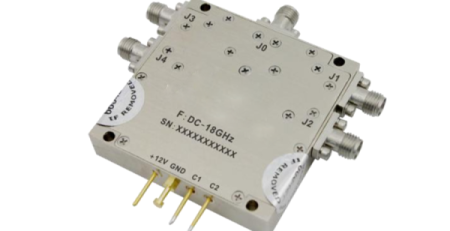What Are RF Switches and How to Choose One for Your Solutions
RF switches are important part of wireless and microwave designing setup. These little devices help to direct high-frequency signals through one of the transmission path without losing strength or getting mixed up. They work like smart traffic directors for signals, making sure everything runs smoothly. You’ll find them in phones, radars, test tools, and more, anywhere clear, fast signal control matters.
Picking the right RF switch isn’t just about grabbing any option. You need one that fits your project perfectly. This guide breaks down what they do, why they’re important, and how to select the best match for your needs.
What Are RF Switches?
RF switches or microwave switches are devices that direct radio frequency signals along different routes in a circuit. RF switches are used RF systems for signal routing between instruments and testing devices eliminating the need for frequent connects and disconnects. They control the flow in RF and microwave networks.
You will find these switches used in telephone systems, radar systems, test equipment, and even satellite systems.
These switches come in different setups, configuration, and usage, like single-pole single-throw (SPST), single-pole double-throw (SPDT), or double-pole double-throw (DPDT). Each one has a unique job. The type you pick depends on what your system needs. It give you lots of options for managing signals.
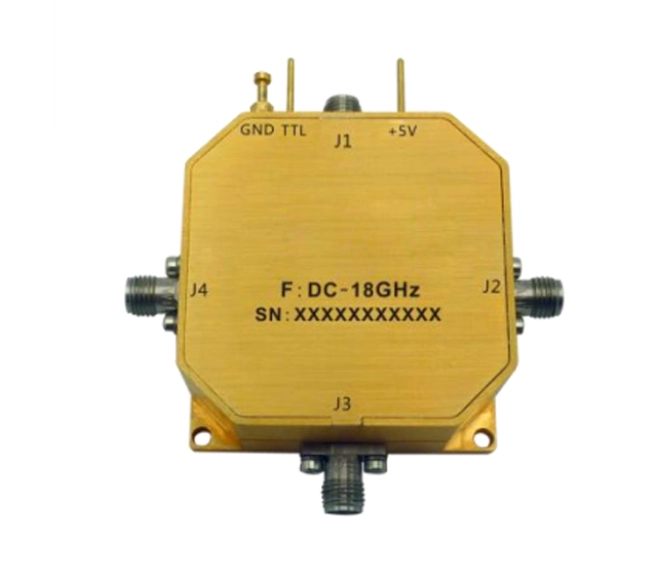
In microwave systems, RF switches are a total game-changer. They keep signals clear and systems running smoothly with capability of handling super high-frequency signals without losing quality or messing things up. This is huge for things like 5G networks, aerospace gear, or medical imaging tools. Here’s why they’re such a big deal:
- Signal Control: RF switches let you direct microwave signals with precision. This cuts down on interference and boosts how well your system works.
- High-Frequency Power: They’re built to handle GHz frequencies. They keep signals strong, even in tough setups.
- Tiny Size: Modern RF switches are small and compact. They’re perfect for devices where space is tight, like smartphones.
- Trustworthy Performance: Top-notch switches work consistently. They help avoid downtime in critical systems.
Picking the right RF switch means your microwave system will run like a dream. It ensures reliable, efficient signal management.
Key Factors in Selecting RF Switches
Choosing the right RF switch isn’t something you just wing. You need to think about what your system needs. Here are the main things to keep in mind.
Understanding RF Switch Specifications
To pick the right RF switch, you’ve got to get the specs. You need to know how they fit with your project. Here’s what to look at:
- Frequency Range: Make sure the switch works with your system’s frequencies. For microwave systems, this is usually from MHz to tens of GHz.
- Insertion Loss: Low insertion loss means less signal gets lost. This keeps your signals strong and clear.
- Isolation: High isolation stops signals from leaking between ports. That means less interference messing things up.
- Switching Speed: Quick switching is key for fast-paced systems like radar or real-time testing gear.
- Power Handling: The switch needs to handle your system’s power without breaking or failing.
- VSWR (Voltage Standing Wave Ratio): A low VSWR shows the switch matches your system well. This cuts down on signal bounce-back.
| Feature | Why It Matters for Microwave Systems |
| Frequency Range | Fits your system’s frequency needs |
| Insertion Loss | Keeps signals strong and clear |
| Isolation | Stops unwanted signal leaks |
| Switching Speed | Lets you switch signals fast |
| Power Handling | Manages high-power setups |
| VSWR | Reduces signal bounce-back |
DPDT RF Switches: A Great Pick for Microwave Systems
When it comes to types of RF switches, double-pole double-throw (DPDT) switches are super versatile for microwave systems. They let you switch between two inputs and two outputs at the same time. This makes them awesome for complex setups like phased-array antennas or multi-band transceivers. Here’s why they shine:
- Flexibility: DPDT switches handle multiple signal paths at once. This saves you from needing extra parts.
- Solid Isolation: They keep signals separate, which is critical for systems with lots of channels.
- Small Footprint: These switches fit into tight spaces easily, perfect for compact designs.
If your system needs reliable signal routing, DPDT switches are often a fantastic choice. They deliver great performance and dependability.
Comparing Types of RF Switches for Microwave Use
Not all types of RF switches are the same. Each one fits different needs. Here’s a quick look at the common ones:
| Switch Type | What It Does | Best For |
| SPST | One input, one output | Basic on/off signal control |
| SPDT | One input, two outputs | Switching between two paths |
| DPDT | Two inputs, two outputs | Complex systems with multiple paths |
| Multi-throw | One input, many outputs | Antenna arrays or test equipment |
- SPST: Perfect for simple jobs, like turning a signal path on or off.
- SPDT: Great for switching between two devices, like an antenna or filter.
- DPDT: Awesome for systems that need to control multiple paths at once.
- Multi-throw: Ideal for setups with lots of output paths, like testing gear.
Knowing what your project needs helps you pick the right switch. This ensures your system works at its best.
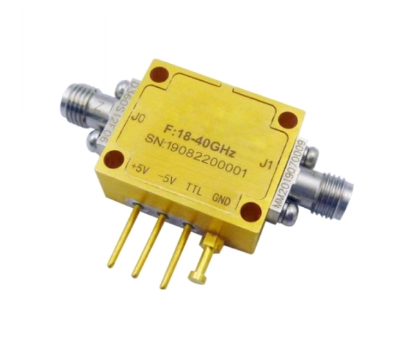
To make choosing easier, here’s a straightforward plan to follow:
Figure Out Your Needs:
-
- Pinpoint the frequency range, power levels, and switching speed your system requires.
- Decide how many signal paths you need, like one or several outputs.
Check the Specs:
-
- Look at insertion loss, isolation, and VSWR to make sure they match your setup.
- Confirm the switch can handle your power levels and works in your environment, like extreme temperatures.
Pick the Right Type:
-
- Choose SPST, SPDT, DPDT, or multi-throw based on how you need to route signals.
- Think about solid-state versus electromechanical switches for speed and reliability.
Make Sure It Fits:
-
- Check that the switch works with your system’s size and power limits.
- Ensure it plays nice with other parts, like connectors or amplifiers.
Test It Out:
-
- Try the switch in your system to see how it performs.
- Use simulation tools to predict how it’ll handle different situations.
This plan helps you pick an RF switch that fits your needs perfectly. It keeps your system running smoothly and efficiently.
RFecho: Your Go-To RF Switch Supplier
RFecho is a leading name in RF components. RFecho offers a wide range of switches, like SPDT, DPDT, and multi-throw models. Each one is built to meet tough performance standards. The switches have low insertion loss, great isolation, and solid durability. Check out RFecho’s website to see their full lineup of RF solutions. You’ll find the perfect switch for your project.
FAQs About RF Switches
Q1: What are the main types of RF switches?
A: The main types of RF switches are SPST (single-pole single-throw), SPDT (single-pole double-throw), DPDT (double-pole double-throw), and multi-throw switches. Each one has a specific role. They range from simple signal control to handling complex multi-path setups.
Q2: How are RF switches different from regular switches?
A: RF switches are built for high-frequency signals (MHz to GHz) with minimal loss or distortion. Regular switches handle low-frequency or DC tasks. RF switches provide strong isolation and low insertion loss, perfect for RF and microwave systems.
Q3: What’s insertion loss in RF switches, and why is it a big deal?
A: Insertion loss is how much signal strength gets lost when passing through an RF switch. Low insertion loss is super important for RF switches. It keeps signals strong. In high-frequency microwave systems, even small losses can mess up performance.
Get Started with the Perfect RF Switch Today
Picking the right RF switch is key to making your RF and microwave systems shine. You’ll also match the switch to your project’s needs. RFecho has a wide range of high-quality RF switches ready to help you succeed. Head over to RFecho.com to check out their solutions. Take the first step to level up your system’s performance today!

